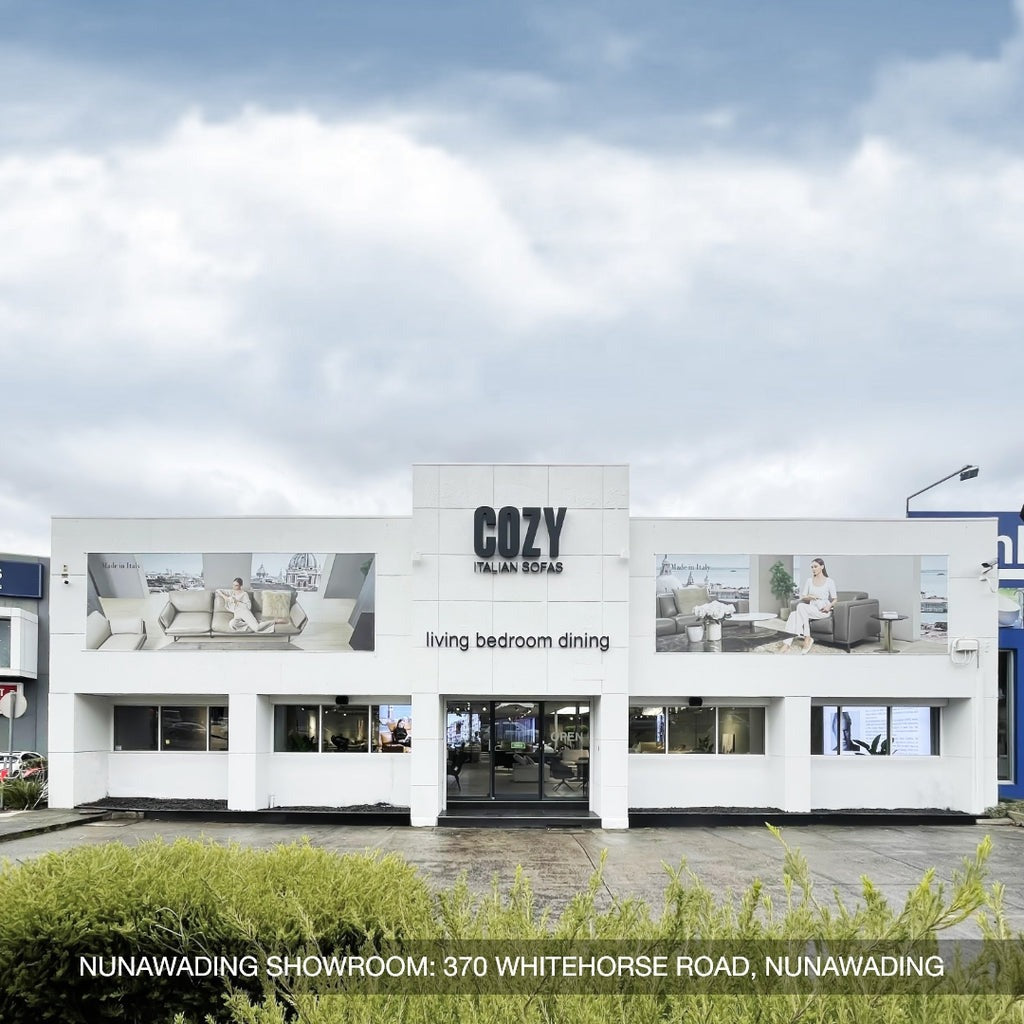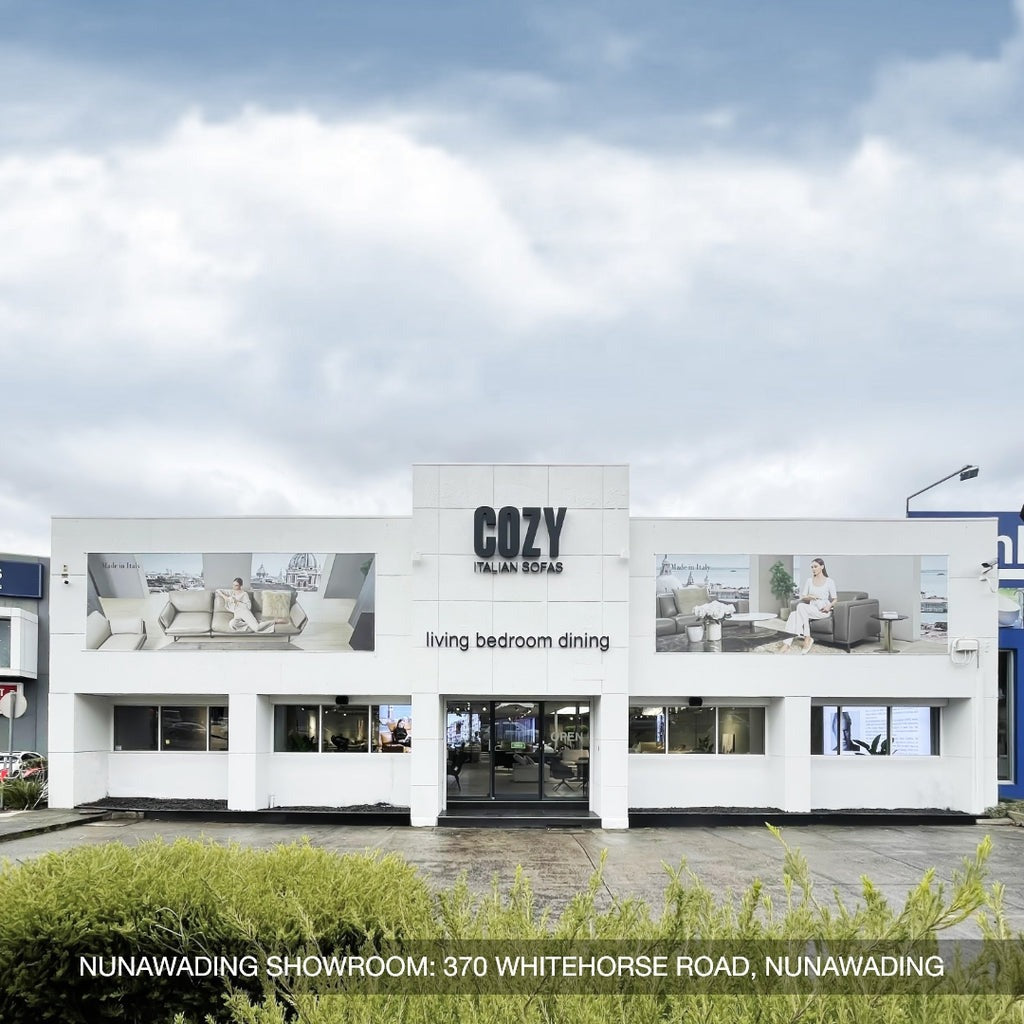Choosing between a coffee table and an ottoman table can be tricky. Each piece brings unique style and functionality to your living space. A traditional coffee table offers a classic and sturdy surface for books, drinks, and decor, while the ottoman coffee table combination is a popular choice for those seeking both comfort and practicality. To help you decide, we’ll explore the key differences and benefits in the debate of coffee table vs ottoman table, ensuring you find the perfect match for your home.
Coffee Tables
A coffee table is a low, long table typically placed in front of a sofa or seating area in a living room. It serves as a convenient surface for placing drinks, snacks, books, remote controls, and decorative items.
Pros:
- Offers space for books, decor, or other items, helping to keep the living room organized.
- Made from non-porous materials like wood, glass, or concrete, coffee tables are generally easy to clean.
- Constructed to be durable and long-lasting, they can withstand daily wear and tear.
- Provides a sturdy surface for drinks and snacks, making them a practical choice for entertaining guests.
- Adds a formal and elegant touch to a room, enhancing the overall decor.
Cons:
- May not suit more informal or casual living room seating options.
- Visible storage can lead to clutter if not organized properly.
- Can be heavy, potentially causing damage to soft flooring.
- Poses a risk for children, pets, or unsuspecting shins, requiring careful placement and consideration in homes with these factors.

Ottoman Tables
An ottoman table is a versatile piece of furniture that combines the functionality of a table with the comfort of an ottoman. Typically upholstered and cushioned, it provides a soft surface for resting feet, sitting, or placing trays with drinks and snacks.
Pros:
- Available in various styles and upholstery options, ottoman tables can complement different living room seating options.
- Adds softness and texture to a room, enhancing comfort and aesthetic appeal.
- Creates a laid-back atmosphere, perfect for relaxed, informal settings.
- Safer for children and pets due to soft edges, reducing the risk of injury.
- Can be used as extra seating when needed, providing versatility in the living room.
- Some models offer hidden storage, helping to keep the living room organized.
- Suitable for various decor styles, making them a modern and versatile choice for any living room.
Cons:
- Requires a tray for serving drinks or snacks, which can be less convenient than a solid surface.
- Can be bulky, especially in smaller spaces, potentially overwhelming the room.
- Cleaning can be time-consuming or difficult, particularly after spills or stains.
- May wear out sooner than coffee tables due to upholstery and foot traffic, necessitating more frequent replacement.
- Can be quite large, which may not suit smaller rooms, limiting their practicality in compact spaces.

Coffee Table Vs Ottoman The Differences
|
Aspect |
Coffee Table |
Ottoman Table |
|---|---|---|
|
Design and Style |
|
|
|
Functionality |
|
|
|
Material |
|
|
Design And Style
Coffee Tables: Coffee tables typically feature a more formal appearance, often crafted from wood. These tables can be stained or painted to seamlessly match existing furniture, enhancing the overall cohesion of the living room. Their structured design contributes to an elegant and polished look in the space.
Ottomans: Ottomans come in various styles and can fit different living room themes, making them a versatile choice. However, finding a separate ottoman that perfectly matches your decor can be challenging. They offer a softer, more casual look, adding texture and warmth to the room.
Functionality
Coffee Tables: Designed as low tables placed in front of sofas or chairs, coffee tables provide a sturdy surface for placing drinks, snacks, and decor. However, they are not suitable for eating unless you sit on the floor or use small cushions, limiting their functionality in this regard.
Ottomans: Ottomans are multi-functional, serving as footrests, storage units, and additional seating. This versatility makes them ideal for a variety of living room seating options, contributing to space-saving furniture solutions. Their ability to adapt to different uses makes them a practical choice for many households.
Material
Coffee Tables: Coffee tables are usually made of wood and may have optional glass tops. The materials used in coffee tables are durable and easy to clean, ensuring longevity and maintaining a sophisticated appearance.
Ottomans: Often upholstered with materials such as leather, faux leather, or vinyl, ottomans are filled with foam padding or polystyrene beads. This construction provides comfort and a soft surface, enhancing the cozy feel. However, the upholstery may require more maintenance and care compared to the hard surfaces of coffee tables.
Coffee Tables Vs. Ottoman Tables: Which Is Right For You?
Factors to consider:
- Space: Ottomans are more practical for smaller living rooms or tight spaces. Their versatility and compact design allow them to fit seamlessly into limited areas, offering functionality without overwhelming the room. Coffee tables are better suited for larger areas. Their structured design and often larger footprint require more space, making them ideal for spacious living rooms where they can serve as a focal point.
- Functionality: Ottomans are multi-functional, serving as footrests, storage units, and additional seating. This versatility makes them a practical choice for various living room seating options. If you prioritize a comfortable footrest or extra seating, an ottoman might be the better option. Coffee tables provide a sturdy surface for placing cups, plates, drinks, and decor. If your priority is having a reliable surface for entertaining or displaying items, a coffee table is the more suitable choice.
- Style: Choose an ottoman table for a soft, modern look. Available in various styles and upholstery options, ottomans add texture and warmth to your living room. They are ideal for creating a cozy, laid-back atmosphere that complements casual living room themes. Opt for a coffee table for a structured, formal appearance. Made from durable materials like wood and glass, coffee tables add elegance and sophistication to your living room. They are perfect for enhancing a formal and cohesive look in larger spaces.

Ottoman And Coffee Table Combination
You can arrange the ottoman and coffee table in different configurations to suit your needs. For example, place the ottoman adjacent to the coffee table for additional seating or use the ottoman as a footrest while keeping the coffee table within easy reach for drinks and snacks.
Ensure that the ottoman and coffee table are proportionate to each other and to the rest of your furniture to maintain a balanced look. The size and scale of each piece should complement the room without overpowering other elements. A well-proportioned combination enhances the visual appeal and functionality.
Choose an ottoman and coffee table that complement each other in terms of style, color, or material to create a cohesive design. This harmony can be achieved through matching finishes, coordinating colors, or similar design elements. A cohesive look ties the room together, making it feel well-designed and inviting.
Example:
- Sleek and Modern: Pair a sleek, modern glass coffee table with a plush, velvet ottoman in a contrasting color. This combination creates a sophisticated and stylish living room that blends contemporary elegance with cozy comfort.
- Rustic and Traditional: Combine a rustic, wooden coffee table with a leather ottoman featuring nail-head trim for a cozy, traditional vibe. This pairing offers a warm, inviting atmosphere that highlights natural materials and classic design elements.
- Mid-Century Modern: Match a mid-century modern coffee table with tapered legs alongside a tufted, square ottoman in a complementary hue. This combination showcases clean lines and retro-inspired aesthetics, creating a chic and functional living space.
Conclusion
In the end, choosing between a coffee table vs ottoman table comes down to your specific needs and style preferences. When making a furniture style comparison, think about the size of your space, the functionality you require, and the look you want to achieve. Visit COZY for a wide selection of elegant coffee tables that suit any decor, ensuring your living room is both beautiful and functional.





